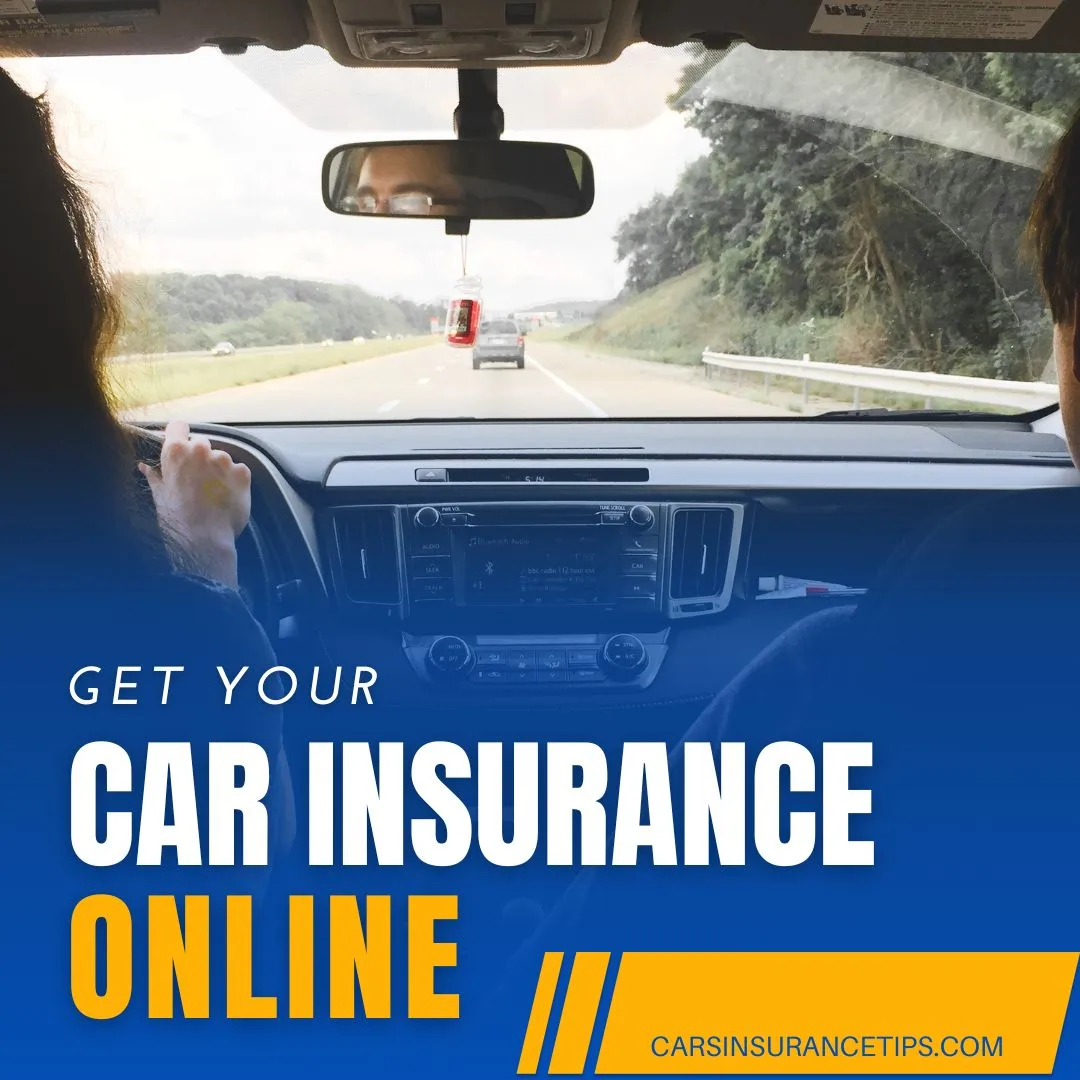Understanding Gap Insurance: What is it and why you need it.
If your car is stolen or totalled, and you have not been able to recover it, you may be entitled to a settlement from your auto insurance based on its actual cash value.
This will not include the price you paid. Your settlement may need more to cover the amount you still owe for your auto loan or leasing.
You could be left with no vehicle and a large bill. Nationwide’s Gap Insurance can help you avoid this unfortunate scenario.
What is Gap Insurance?
The value of a vehicle begins to decrease the moment you purchase or lease it. Most cars will lose up to 20 per cent of their original value in a year.
Standard auto policies include the depreciated values of cars. In other words, standard policies pay the market value at the time of claim.
In the first few years after you purchase a car, the loan amount could exceed the car’s value.
Gap insurance pays the difference in the case of an accident where your vehicle has been badly damaged or is totalled. Your standard insurance would pay the current value and what you owe.
Why you may need gap insurance
Consider gap insurance when buying a new car or truck if:
- A down payment of less than 20 per cent.
- Financing for at least 60 months.
- The vehicle was leased (the lease agreement usually requires gap insurance).
- A vehicle you bought depreciates more quickly than average.
- Negative equity can be rolled over from an old loan to a new one.

How Does Gap Insurance Work?
Suppose your vehicle is destroyed in an accident covered by comprehensive or collision insurance. In that case, the maximum payout you can expect from your insurer will be the value of your vehicle just before the incident.
Gap insurance (also known as loan/lease cover) covers the difference between the amount you owe on your vehicle and its value if it is totalled, stolen, or damaged.
How a typical gap claim is handled:
You can claim for your car’s theft or total loss in an accident covered by your auto policy. This will be done through collision insurance or comprehensive coverage (whichever applies).
Your insurer will pay the actual value of your vehicle. Gap insurance will cover any difference between the amount you owe on your loan and the ACV.
You’ll have to pay off your loan if the balance on your loan or lease exceeds the value of the car if you don’t carry gap insurance.
Some leasing or lending companies require gap insurance. This helps them protect themselves from car owners walking away from a car loan or lease when the vehicle is stolen or totalled.
Some gap insurance policies may cover the entire loan balance, including negative equity rolled into your car loan.
If you trade in an old car that you owe far more than its value, the negative equity will be rolled into your loan.
All gap insurance policies do not cover negative equity. If you have rolled the negative equity into your car loan, make sure to buy one that will.

Can you get gap insurance after you buy a car?
Many factors determine GAP insurance costs these include the insurance company, your credit rating, the value and age of your car, and the amount you owe the lender.
The price of GAP coverage is also determined by where you purchase it. GAP insurance is typically more expensive at car dealerships than with insurance companies.
GAP coverage can be made more affordable by adding it to an existing policy. Some insurance companies allow you to purchase optional coverage at a flat rate of $20 per year.
The cost of standalone GAP coverage can be quite high, at least several hundred dollars annually. Dozens of companies sell GAP insurance.
GAP insurance is available from your car dealer or insurer. It is easy to add GAP coverage to your policy when you get it directly from your insurer. Some insurance companies offer discounts for bundling your GAP coverage and existing policy.
You’ll need to purchase collision and comprehensive coverage to get GAP insurance. These are usually included in a policy with full coverage. This practice is common when you buy a new vehicle.
The collision coverage covers damages to the vehicle regardless of who is at fault. Comprehensive coverage covers damages that are not related to accidents.
Most auto lenders insist that borrowers purchase full coverage to protect their investments. Most dealerships will only let you drive your new car off the lot once you show proof of coverage.
Is gap insurance worth it?
There is no need to buy gap coverage if your vehicle isn’t financed. Gap coverage is a good option if you finance your car, but this depends on your driving habits and how fast your vehicle depreciates.
Remember that vehicles can depreciate quickly. According to Insurance Information Institute, many vehicles depreciate by 20% or more in the first year. You can easily exceed the value of your car if you do not make a substantial down payment.

Does Gap Insurance Make Sense?
You can only buy gap insurance if you finance or lease your vehicle. Gap coverage is worth it for certain situations. Consider gap insurance coverage in the following situations:
- You paid a small deposit
- You have a lengthy financial period
- You drive a lot
- You bought a car that quickly depreciates
Calculate the value of gap coverage for yourself.
- You can estimate the value of your car using Kelley Blue Book. Estimate the value of your car after every year until you have paid off your loan.
- Review your loan terms. Compare the estimated value of your car at each time with how much you still owe on payments.
- Calculate the amount you will be paying for gap insurance during these years.
- Compare your results. Gap coverage will protect you against having to pay the difference between the value of your car and what you owe on payments.
Most new car buyers will benefit from gap insurance if their vehicle is under three years old.
How Much Does GAP Insurance Cost?
Let’s talk about dollars and cents. You can purchase GAP insurance from the dealer’s finance company and your regular auto insurance provider.
The price is usually ridiculously high if you purchase at the point of sale, either from the dealer or the bank that finances your loan. You pay a lump sum of $500-700.
This cost is added to the loan amount. You will be charged interest for what you paid as GAP insurance. Do not buy GAP Insurance from your bank or dealership.
It’s smarter to purchase GAP insurance through the same provider who insures your car if you have an existing loan you cannot get out of.
GAP insurance is a good thing to have because you can cancel it whenever you want. It would be best if you did this when your loan balance equals the value of your vehicle.
You can check with an independent agent if GAP coverage is included in your policy and if it’s still needed.
The agent can check your entire policy to ensure you have the coverage you require at the lowest price.
Conclusion:
You can protect yourself from financial loss if you total your car or it is stolen with gap insurance. Before deciding, knowing how gap insurance functions and what coverage would be best for your needs is important.
Gap insurance can be a great way to protect yourself from a large financial loss if something happens to your car. Look into the options available and speak to an agent about how gap insurance could benefit you.


